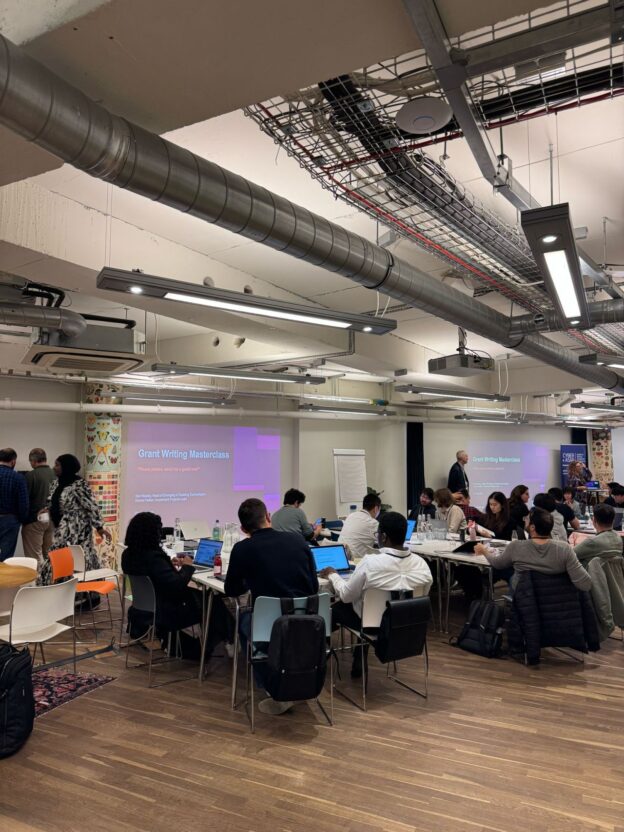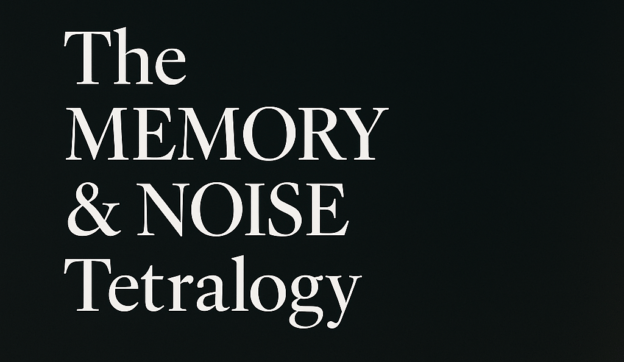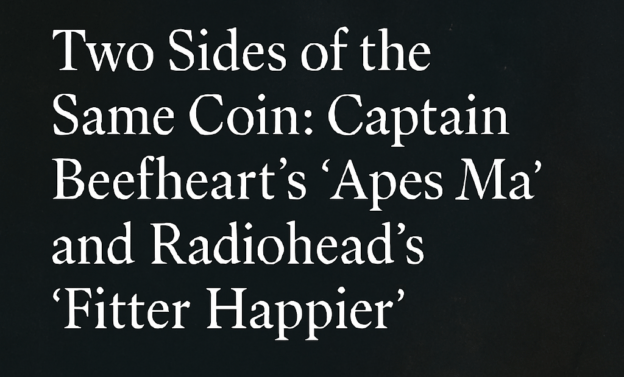I recently attended the CyberASAP Year 9 Kickoff as a mentor, and also took the opportunity to experience the first two days alongside the academic teams to better understand what they go through. This blog captures my reflections from all three days, covering IP, value propositions, stakeholder mapping, and some of the truly impressive innovations coming from UK universities. It also looks at the history and purpose of the programme and why it continues to matter in bridging the gap between research and real-world impact.
Continue reading


















